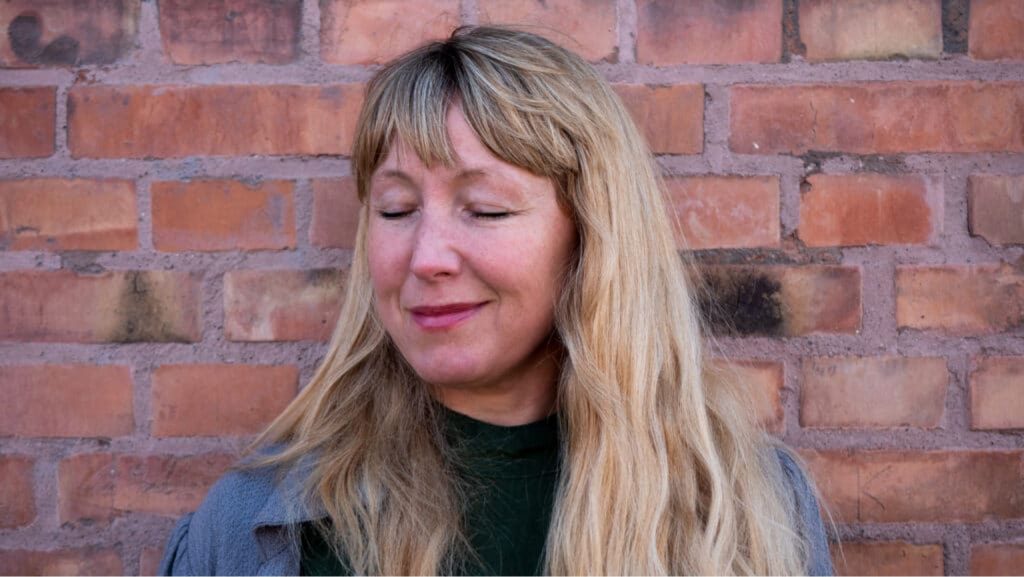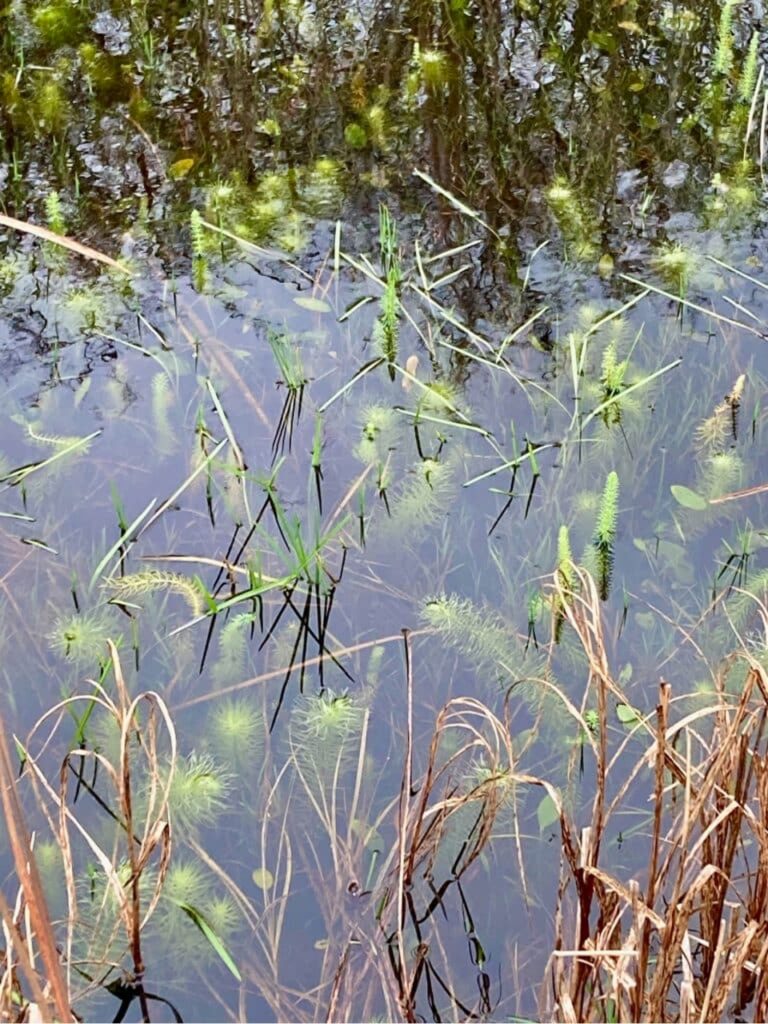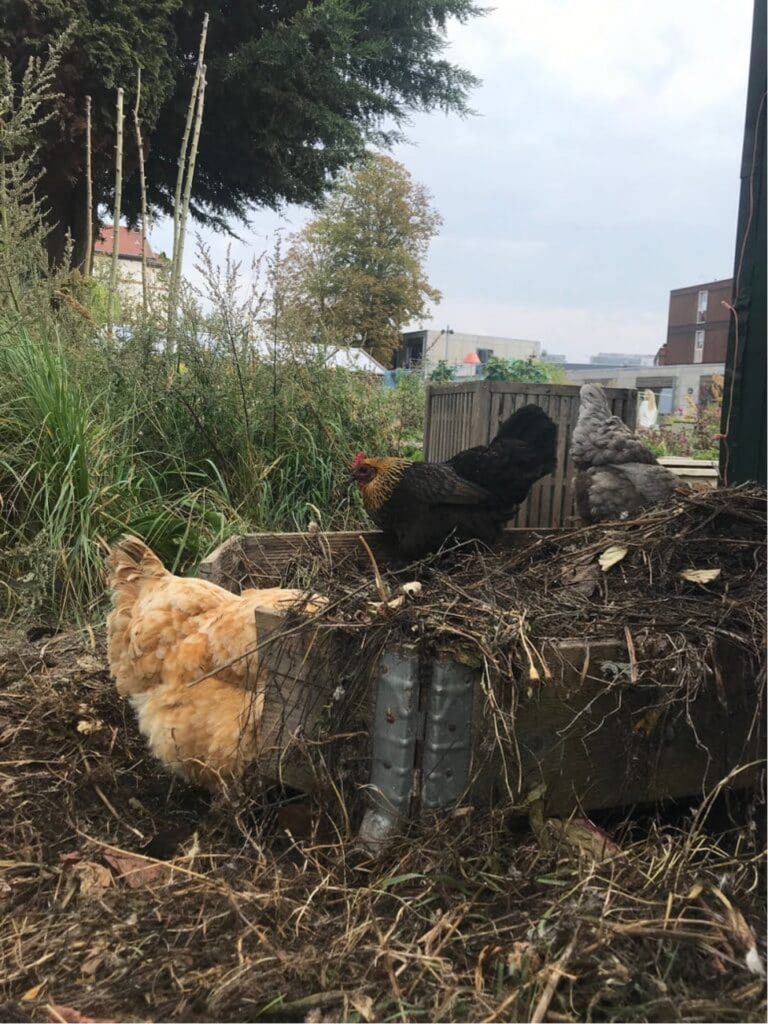Kristine Samson – Associate professor, Department of Communication and Arts, RUC has contributed to The NXT: Being of Place with this article on urban studies and multi-species.

Foto af Madeleine Kate McGowan
The city has long been understood as a place for encounters among people. A social and cultural space where people encounter what is different from themselves. Urban diversity is, in this regard, linked to inclusion and to the capacity of cities to be a place of belonging for the many. The diverse city is deeply rooted in a modernist urban studies tradition going back to early modernity.
For instance, the sociologist Georg Simmel understood the city as a place for encounters, where diversity defines urban life and is driven by human desire for encountering the other. In recent years, diversity has increasingly become a theme in architecture and planning. However, the climate and environmental crisis we live in urges us to think the city differently and to think about what constitutes urban diversity beyond the human encounter. The Anthropocene city and the planning history of extractivism and land appropriation can easily be related to the Capitolocene, understood as the anthropocentric damage driven by capitalism. Rethinking urban diversity means fostering an awareness of planetary ecologies and of life on earth.
Towards the planetary city
The planetary has become an emergent category among climate thinkers, philosophers, designers, and sociologists. A common understanding among planetary thinkers is that we must redefine the globe from being a system of social, cultural, and economic exchanges to seeing the planet as an ecosystem of interrelated life. Design thinker Arturo Escobar elaborates on what he calls pluriversal design. Pluriversal design strategies aim to recreate and strengthen local and regional capabilities to heal and sustain the web of life and all lives on the earth. In planetary and pluriverse design, humans are no longer the centre of the universe. Instead, multiple scales and interests intersect across species. This has consequences for humans. Most often, a human is defined as the inhabitant of cities. Humans, their cultural encounters, and their social interactions are articulating and representing urban lives. And yet, the city is made and remade by multiple processes among species, plants, climate, and diverse organisms. It is a world where many worlds coexist and relate. In this sense, the city is vibrant with matter like the rest of the world, reverberating with encounters across diverse bodies, species, and lifeworlds. Taking the planetary into consideration, we must then redirect urban diversity from the interrelations between humans to growing our awareness of multispecies encounters. Our lives are inseparable from the lives of the planet, and we need to reconnect across species and across our social and cultural boundaries. It is time that design and planning become preoccupied with sustaining more-than-human sensibilities: to relate and recreate the many lives, species, and organisms who live around us and who sustain us in our living. As Arturo Escobar writes, “only strategies aiming to recreate and strengthen local and regional capabilities to heal and sustain the web of life seem to make any sense.” A planetary design approach asks: how can urban design be regenerative, supportive, and reconstitutive of the web of life that has been damaged in the Capitolocene? For a planetary city in urban design and planning, I suggest three interrelated movements: withdrawing, regenerating, and making-kin.

Urban nature emerging over time as a product of interim urban spaces where planning and development have withdrawn. By Kristine Samson
Withdrawing
Imagining a planetary city would mean leaving the development discourse behind. While design and planning today regard urban diversity and biodiversity as something that should be designed, the first step towards the planetary is to start noticing the diversity already flourishing. Design practices have long been centred on innovation, development, and cultivating new ideas. Urban design and planning need to withdraw from making new design and instead listen to the thriving ecologies already there.
Withdrawing from the development discourse will allow for an arts of noticing the interstices and open spaces in the city. Geographer Mathew Gandy has noted how cities are increasingly more biodiverse than rural farmland. And this is not only because of urban nature designs and parks. Rather, wild urban nature grows and emerges from interim places, post industrial wastelands, and urban commons where it grows spontaneously without the interference of humans. In this regard, urban nature is often closely related to urban histories of what has been forgotten, of what has been out of function and decentralised. In other words, what has been left over by development. All these places do not have the attention of planners, politicians, and architects. While Gandy and Jasper, in their book the Botanical City, take their point of departure in Berlin with its complex histories, it is a more general understanding that interim places over time grow urban nature. In Copenhagen we see such places on Amager Commons, on
Nordhavnstippen, on Sydhavnstippen, on Theatre Island, and on Prøvestenen. Creating urban diversity that is both biodiverse and aesthetically diverse means in this case not to interfere, but rather to withdraw from designing to allow for the interstice, for the pause, for time passing.
Regenerating
A planetary city sees diversity as something which is already there, but also is broken and damaged. That is why urban design and planning needs to work with repairing and regenerating places and communities. Regenerating urban spaces can be done by decentering design from the human, and by regenerating urban spaces with help from the cycles of nature and by sustaining encounters between humans and other species.
Experimentations and coexistence with planetary time and processes are already allowing life-forming capacities to grow in the city. Rewilding is one approach and can be necessary to reconstruct biodiversity. However, it also refers to an urban nature-culture designed and developed for humans. We must ask whether design of urban nature and parks made for human citizens is the answer to biodiversity crises? Urban diversity must be a question of biodiversity. How can biodiversity be sustained and regenerated in the city? This could be by letting other species, plants, critters, and organisms emerge in our urban life worlds – allowing for more-than human lives to emerge with all their entanglements, microbial cultures and messiness. The modernist city worked with the erasure of messiness, and the elimination of diseases and microbes. Here the planetary city is somewhat in conflict with the sterile and smooth modern city. What would happen if we let critters, plants, and other species invade our sterile and overly designed surfaces? What if we allowed other patterns and lifeforms into our ordered urban environments, ones that allow for an earthly living that is not only designed for and by people, but also emerges despite people’s intentions and aesthetic norms? This would also permit other time scales to emerge within the linear times of urban development.

Making-kin with chickens, soils, kitchen waste, and microbes in the urban garden of Sundholmen, Amager. By Kristine Samson
Making-kin
Care is an environmental concern needed for the survival of an exhausted planet with its current rate of catastrophes indicating that it is about to reach its breaking point. Care is a kind of life support or a way to sustain the web of life, as Escobar puts it. In urban planning and design, care is also a making-kin with other life-worlds. To allow for a world of many worlds in which animal livability and plant life matters. For urban planning and design, this entails a decentering from the built environment in architecture into a co-designing with soil communities to create habitats for humans, animals, and plants.
Our life cycles are dependent on soils, as soil is the very foundation for how we nurture ourselves. Without fertile soil, what is life, activist thinker Vanadana Shiva asks? In an urban context, we may ask, what is urban life without the soils that nurture us, the agriculture beyond the city limit that sustains us? A sense of shared awareness of soil as constitutional for human aliveness is already growing in urban gardens and urban farming. We must face our interdependence with the soil by bringing soil cultures and communities into the city. Gardens, composts, and living environments where humans and other species meet are ways of making-kin and of co-creating thriving soil communities together. Potentially, urban gardens also nurture the emergence of multispecies communities where humans, animals, and plants mutually learn from each other.
As withdrawing, regenerating, and making kin have shown, planetary urban diversity demands a high degree of utopian thinking and acting otherwise. Many questions arise: can urban design and planning become detached from a global economy and instead become part of a planetary cohabitation? Can a design and planning and political systems acknowledge the spatial rights of multiple lives and other species’ habitats? Right now, it is not the case. However, we must reconstitute the city with regard to planetary concerns by welcoming diversity as more-than-human diversity and biodiversity.
LITERATURE
Arturo Escobar. “Designing as a futural praxis for the healing of the web of life”. In Fry & Nocek, Design in crisis: New worlds, philosophies and practices. Routledge 2021.
Mathew Gandy. Natura Urbana: Ecological Constellations in Urban Space. MIT Press 2021.
Matthew Gandy & Sandra Jasper. The Botanical City. Jovis: Berlin 2020.
Vandana Shiva. T E R R A V I VA. Our Soil, Our Commons, Our Future. A new vision for Planetary Citizenship. 2015.
Vandana Shiva. Earth democracy: justice, sustainability and peace. NBN International 2016.
Anna Tsing. The Mushroom at the End of the World: On the Possibility of Life in Capitalist Ruins. Princeton University Press 2015.